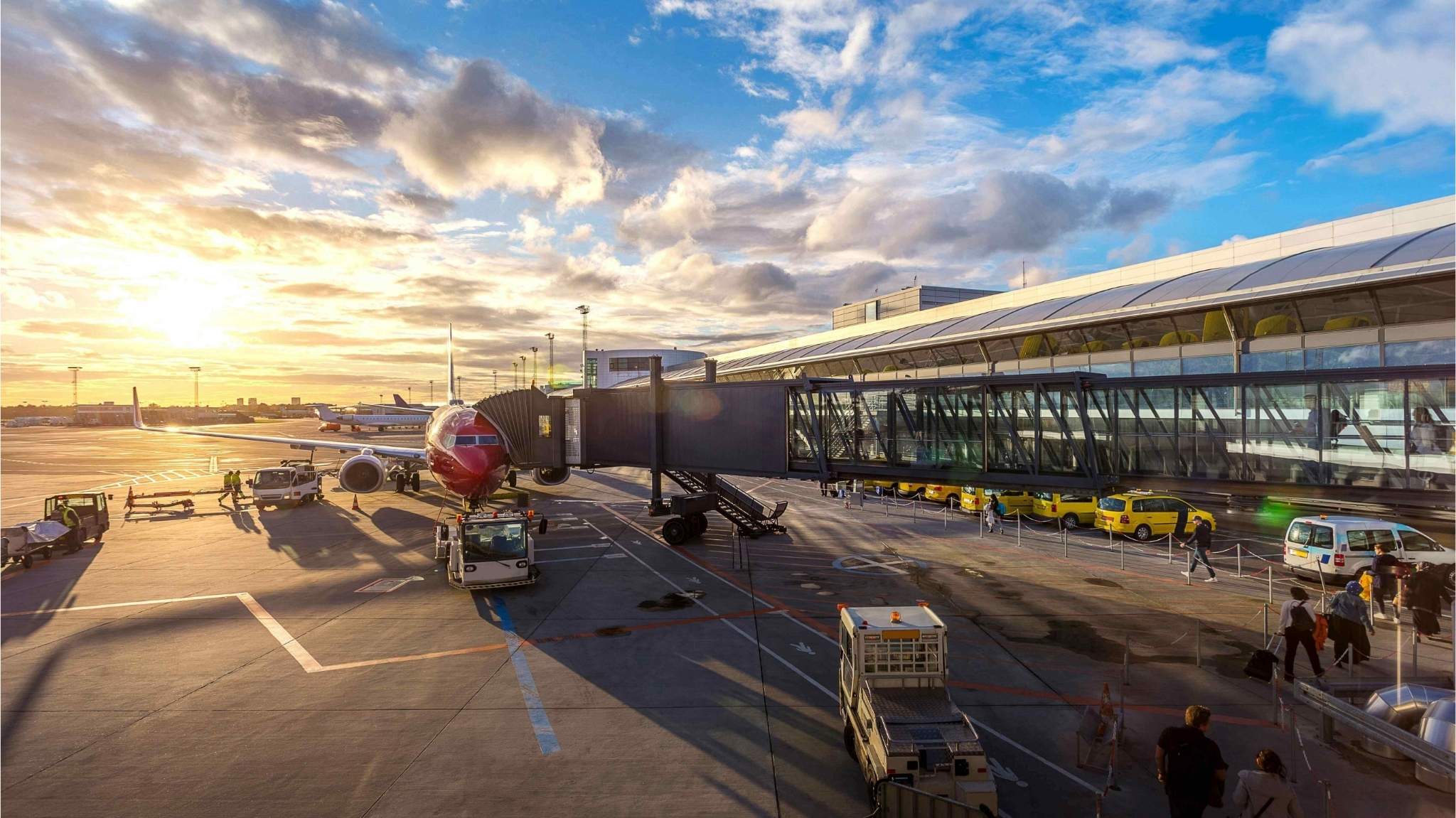Key Takeaways
- The U.S. travel industry has lost over $1 billion due to flight delays and syste
- 1. Event Review: When Travel Industry Turmoil Affects the Exhibition Ecosystem
- 2. Multi-dimensional Impact: When Transportation Fails, the Exhibition Ecosystem Trembles
- 3. Comparative Perspective: Defense Mechanisms in China and Asia's Exhibition Ecosystem
1. Event Review: When Travel Industry Turmoil Affects the Exhibition Ecosystem
According to a report published by ExhibitorOnline on September 30, 2025, titled "America's Travel Economy Has Lost $1 Billion – and Counting," the U.S. travel industry has incurred economic losses exceeding $1 billion due to flight delays, air traffic control system disruptions, and security screening staff shortages.
"The U.S. travel economy has lost more than $1 billion in spending due to flight disruptions, labor shortages, and operational inefficiencies."
The report points out that chaos in the aviation industry not only affects tourism but also continues to drive up travel costs associated with conferences, exhibitions, and events.
For the exhibition industry, which heavily depends on inter-city and even international flows of people, such chain reactions undoubtedly touch the most vulnerable nerve: transportation is the lifeline of the exhibition industry.

Multi-dimensional Impact of Transportation Crisis on Exhibition Industry
2. Multi-dimensional Impact: When Transportation Fails, the Exhibition Ecosystem Trembles
Exhibitions are typical "multi-dependent economies" — organizers, exhibitors, visitors, transportation services, hotels, media... instability in any link can trigger a chain reaction. The plight of the U.S. travel industry reveals several key risk dimensions:
Cost Inflation: Rising airfare and logistics costs compress exhibitor budgets, forcing some companies to reduce exhibition frequency or booth size.
Declining Participation: Travel uncertainty reduces audience willingness to participate, especially impacting "international buyer attendance."
Timeline Disruption: Delayed exhibit shipments and compressed construction schedules expose booth design and execution teams to higher risks.
Trust Crisis: As uncertainty in the exhibition experience intensifies, brands find it harder to maintain a stable impression when exhibiting overseas.
3. Comparative Perspective: Defense Mechanisms in China and Asia's Exhibition Ecosystem
In comparison, China and Asia's exhibition infrastructure has shown a certain resilience in recent years:
Regional Shows Replace International Ones: When international travel is restricted, regional industry shows (such as Shanghai, Shenzhen, Bangkok, Kuala Lumpur) quickly fill the gap.
Complete Railway and Highway Systems: Multi-channel transportation reduces the risk of exhibit delays.
Digital Assistance: More and more exhibitions use digital registration and cloud display platforms to bridge offline uncertainties.
However, it must be recognized that as Chinese exhibitions become more internationalized, we also face future challenges of "border crossing risks" and "logistics overload." Therefore, establishing resilient supply chains and emergency response mechanisms has become essential.
4. Future Outlook: Resilience is the Core Competitiveness of the Exhibition Economy
From this U.S. transportation crisis, what we see is not an isolated incident but a harbinger of structural risks:
The global exhibition industry is shifting from "scale dependence" to "risk control + flexible operations"; organizers, construction companies, and exhibitors must all possess "crisis redundancy thinking"; hybrid shows, regional shows, and mobile exhibitions will become future trends.
For exhibition design and execution companies like us, this news reminds us:
"True competitiveness lies not in who has the bigger booth, but in who can still present on time, safely, and completely in a chaotic environment."
This article references and quotes from the article America's Travel Economy Has Lost $1 Billion – and Counting published by ExhibitorOnline on September 30, 2025.
This article is published by StarRise Global. Copyright belongs to the original author.